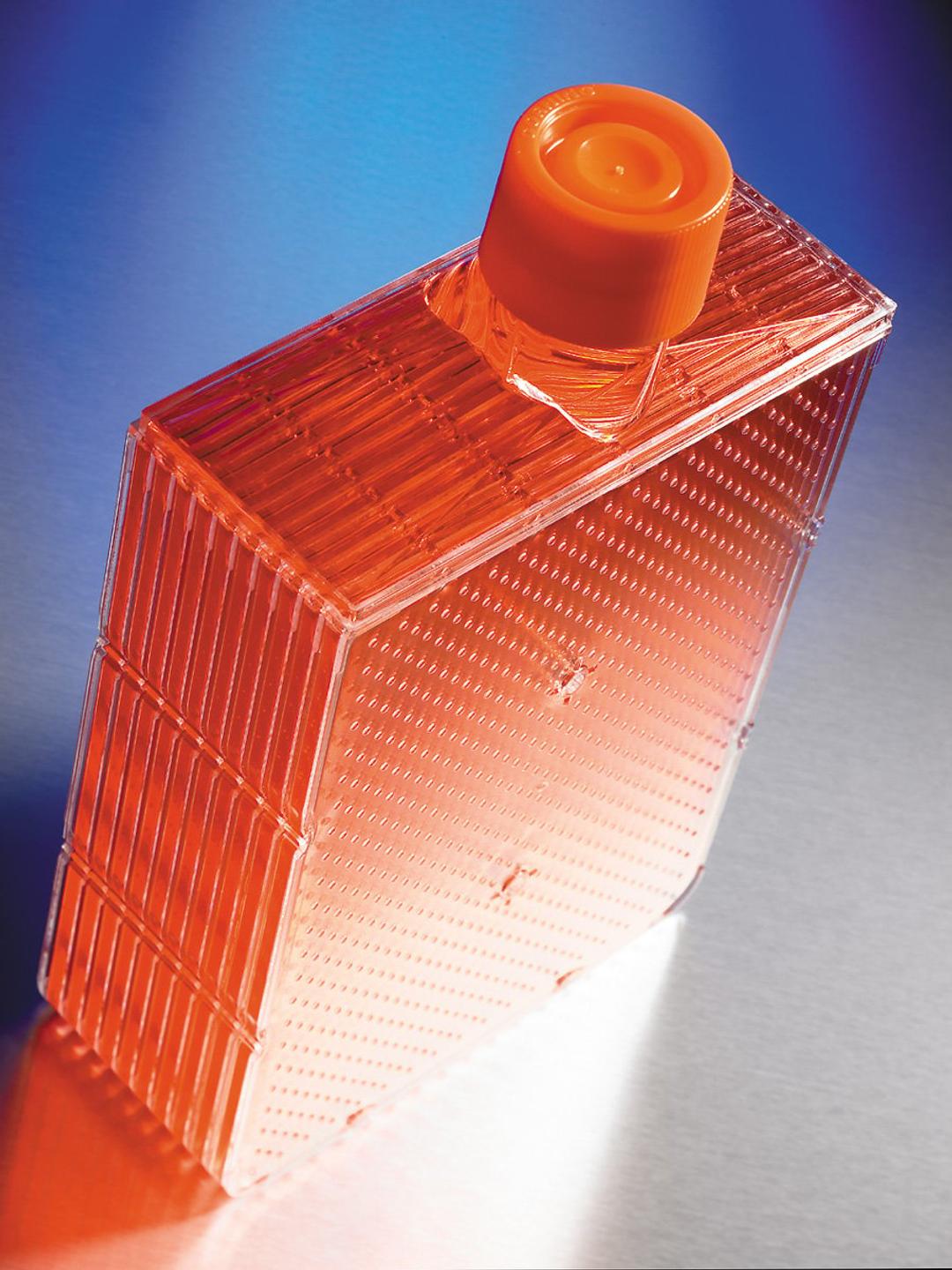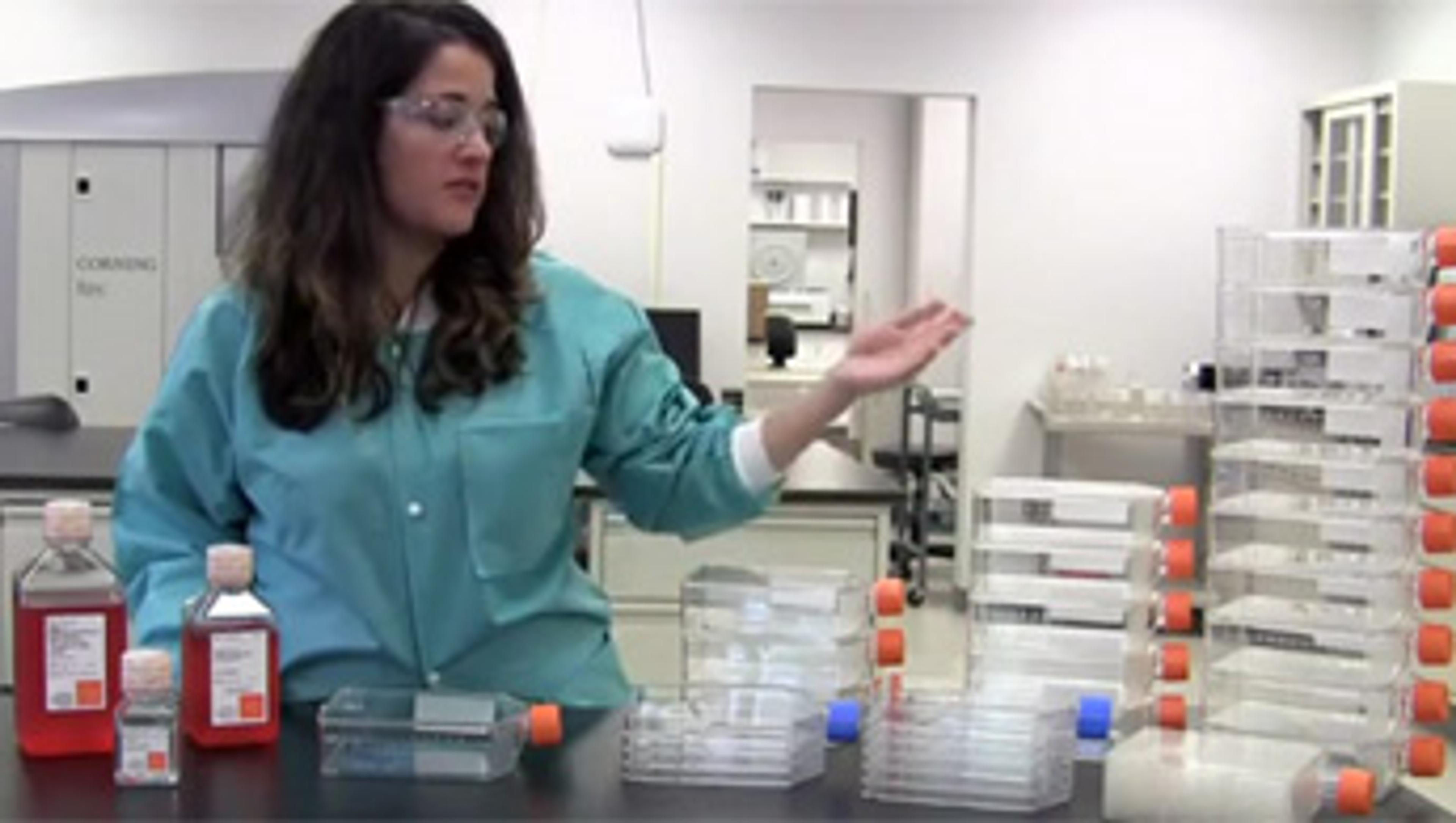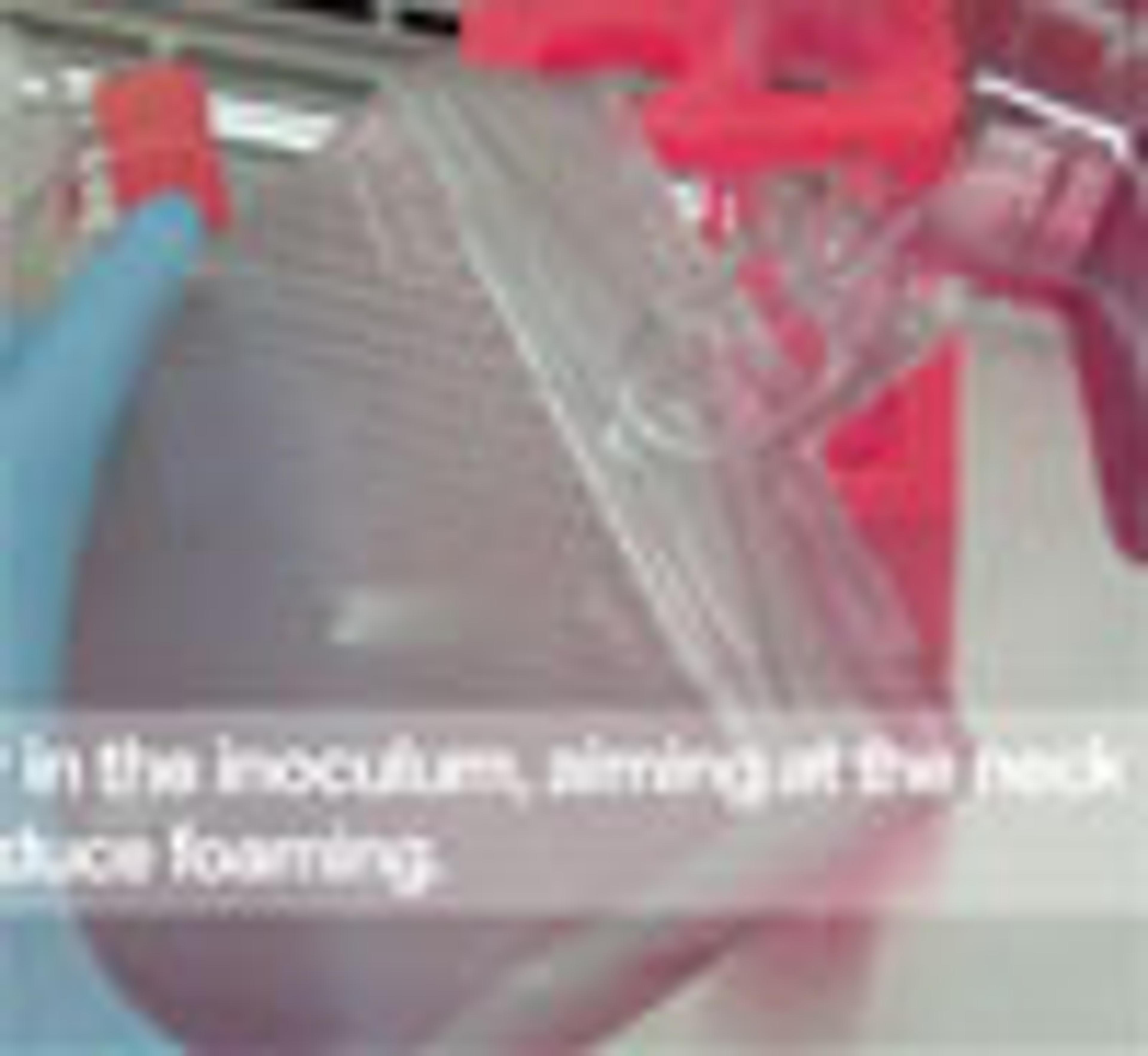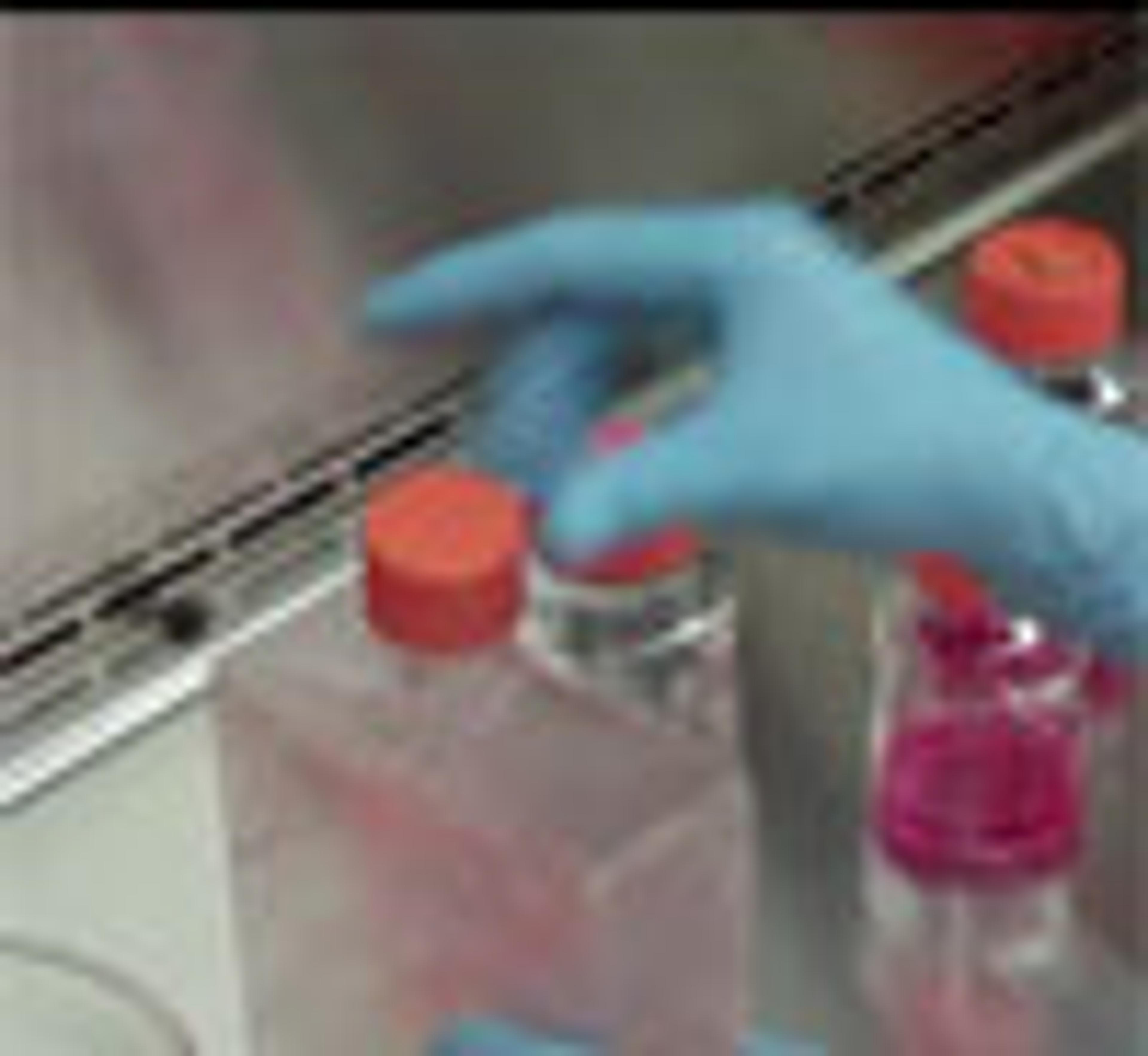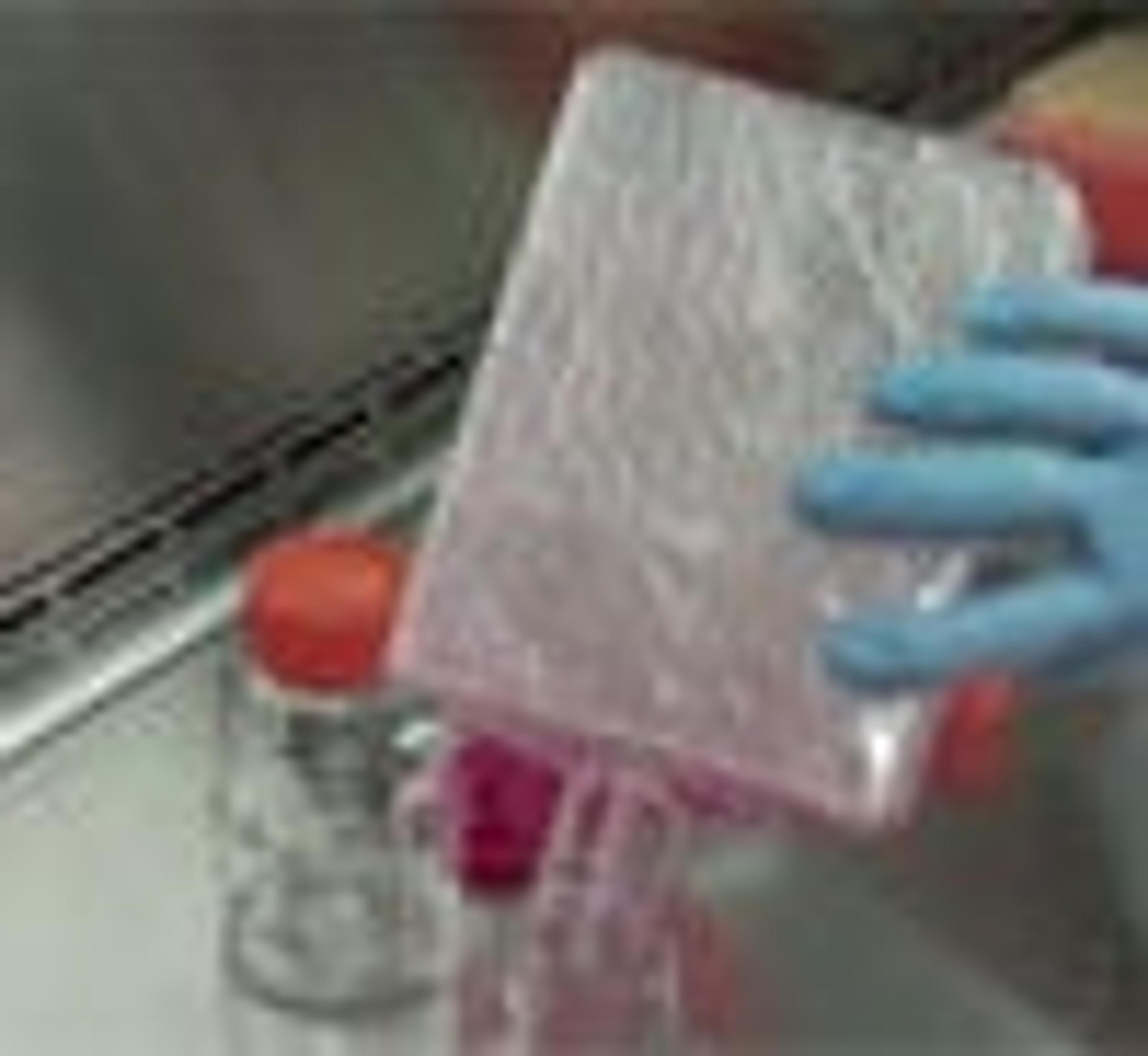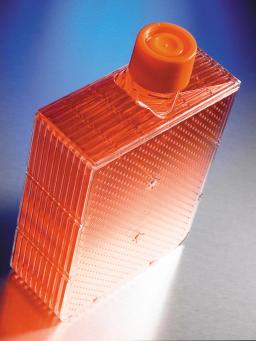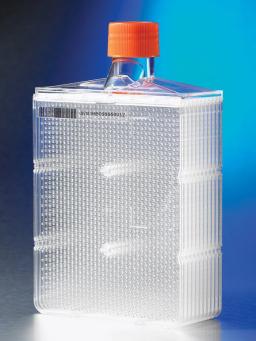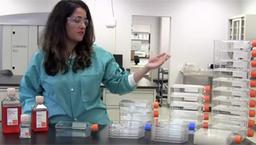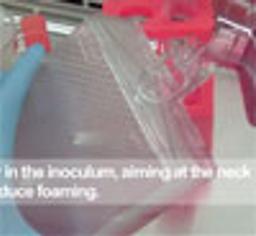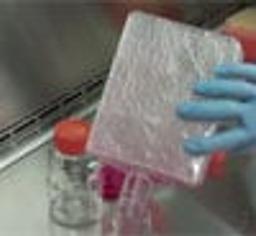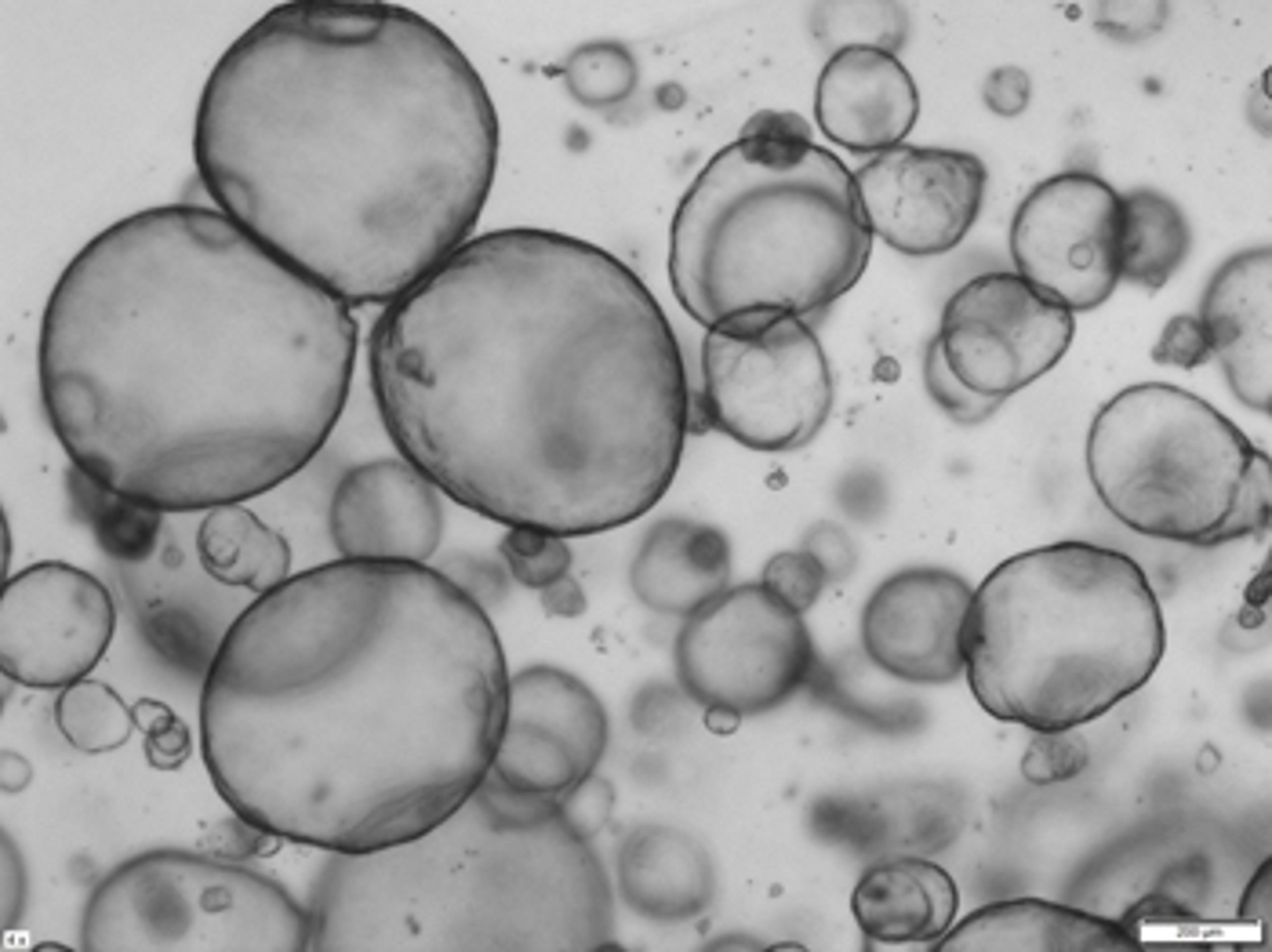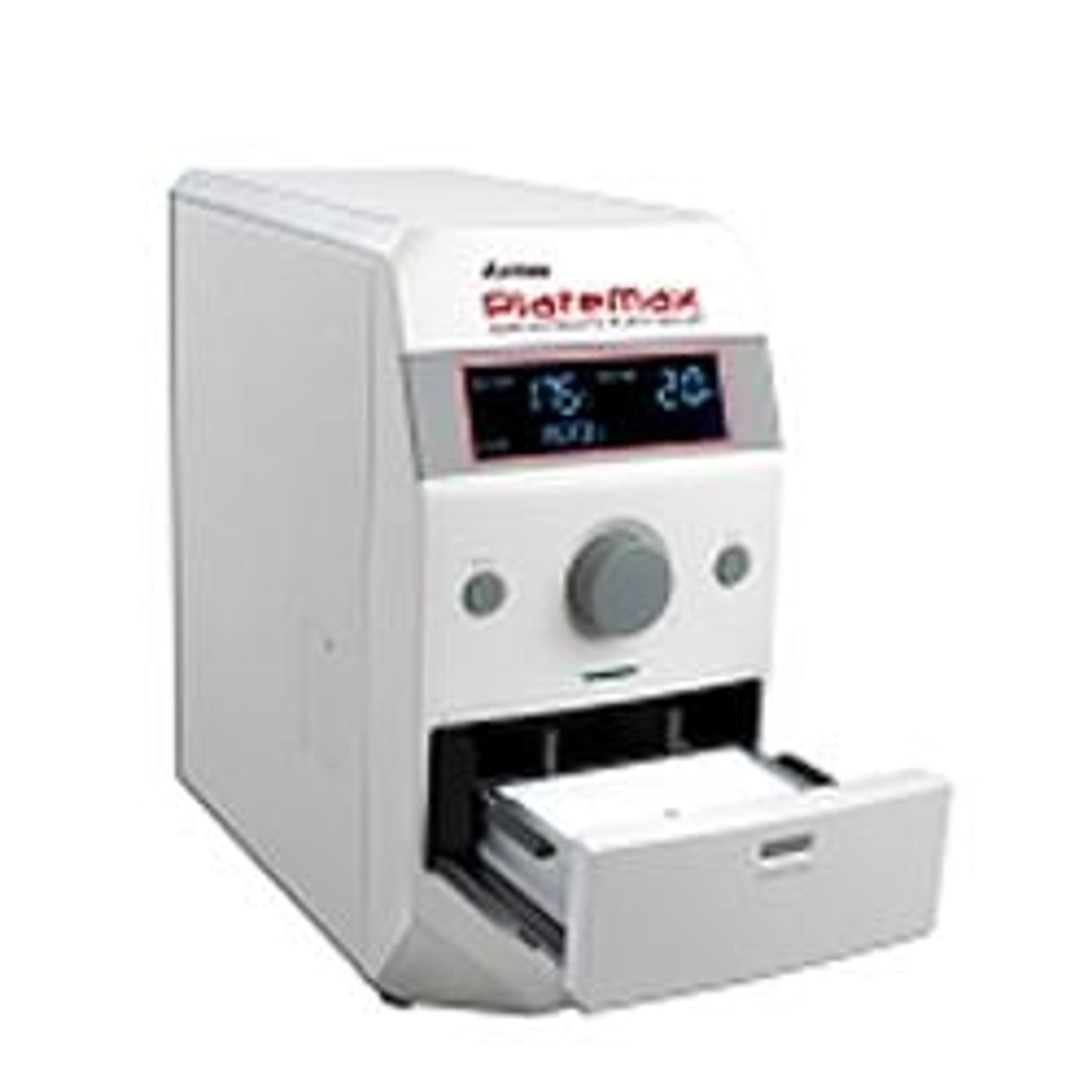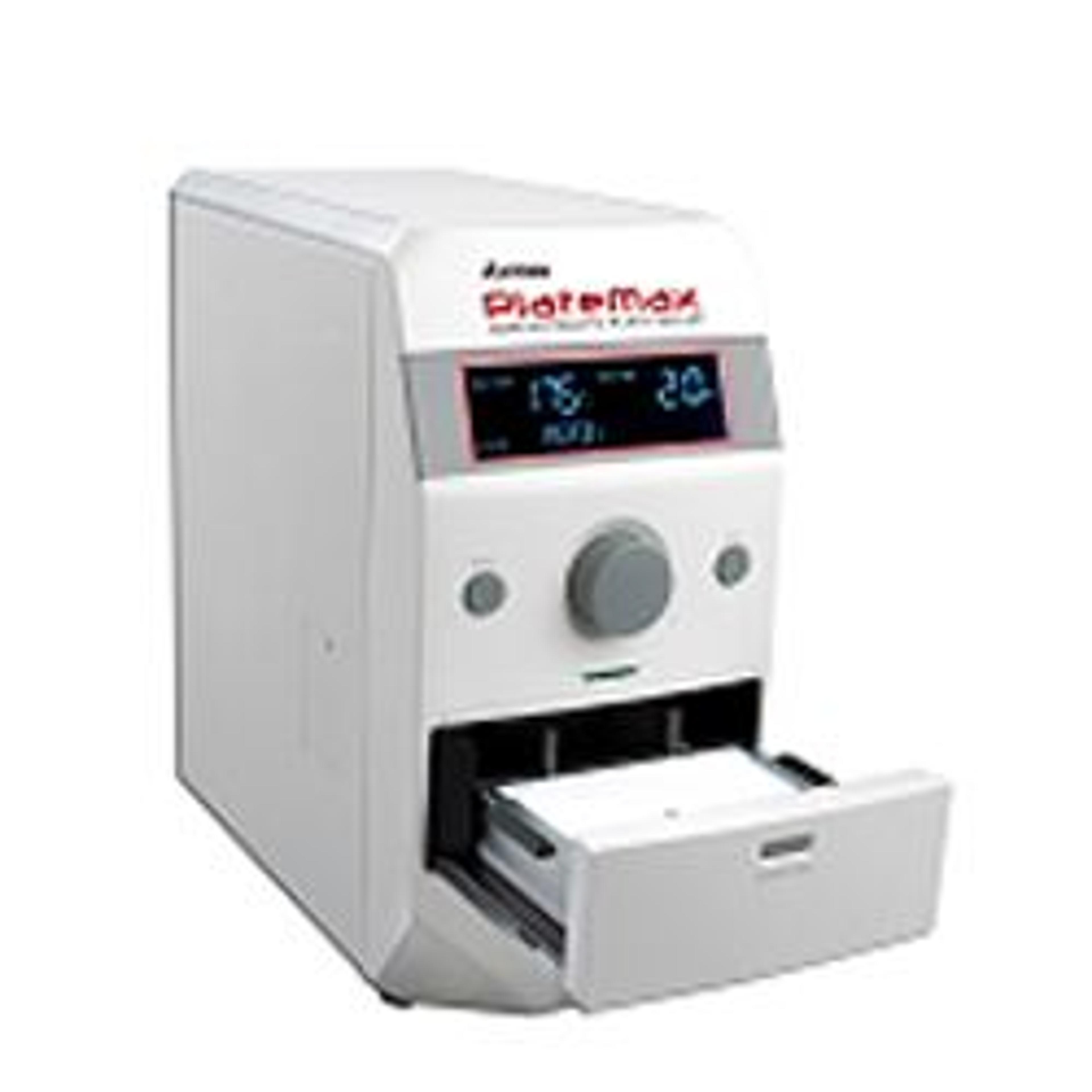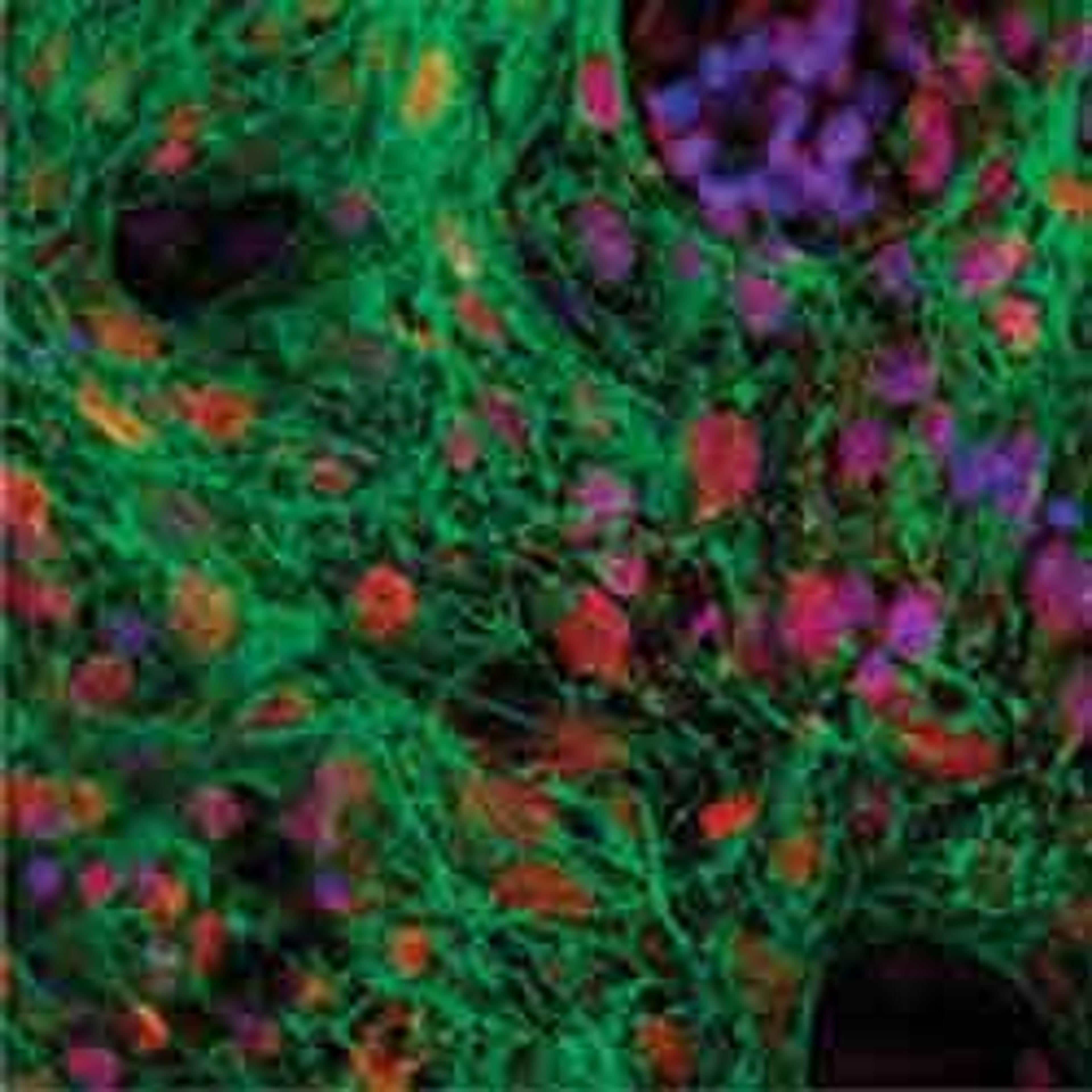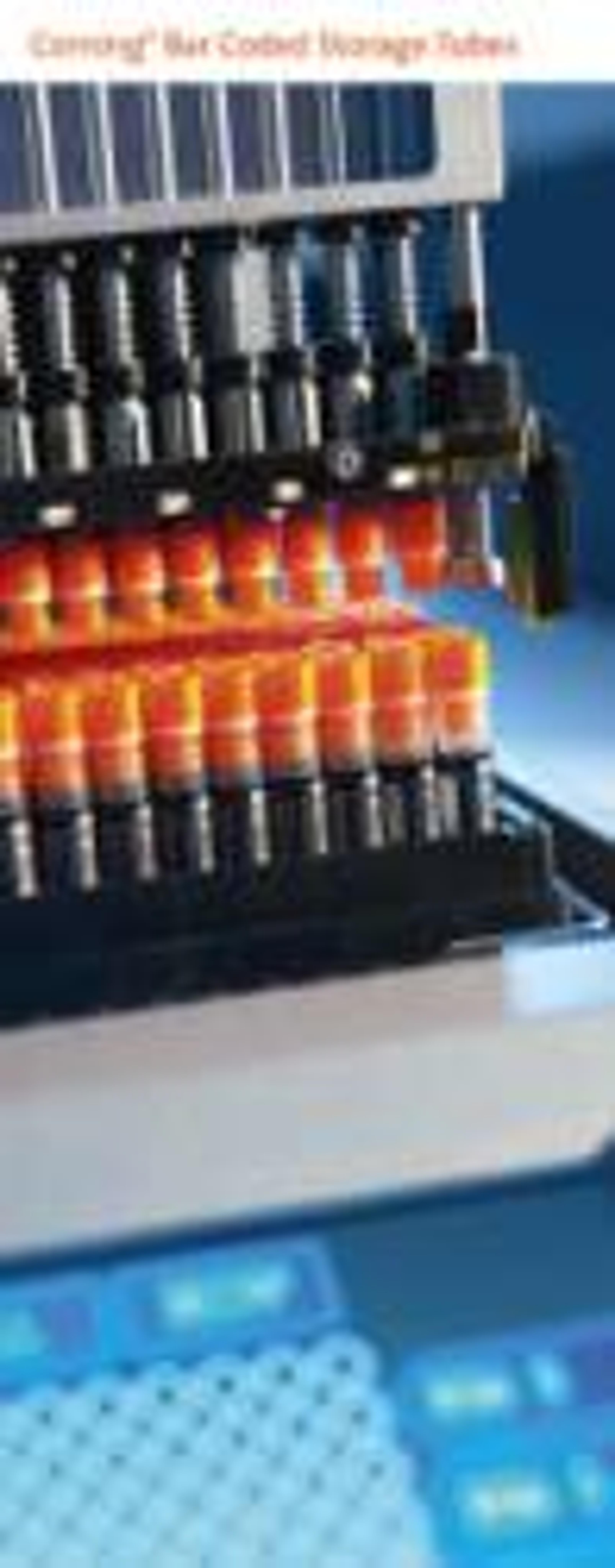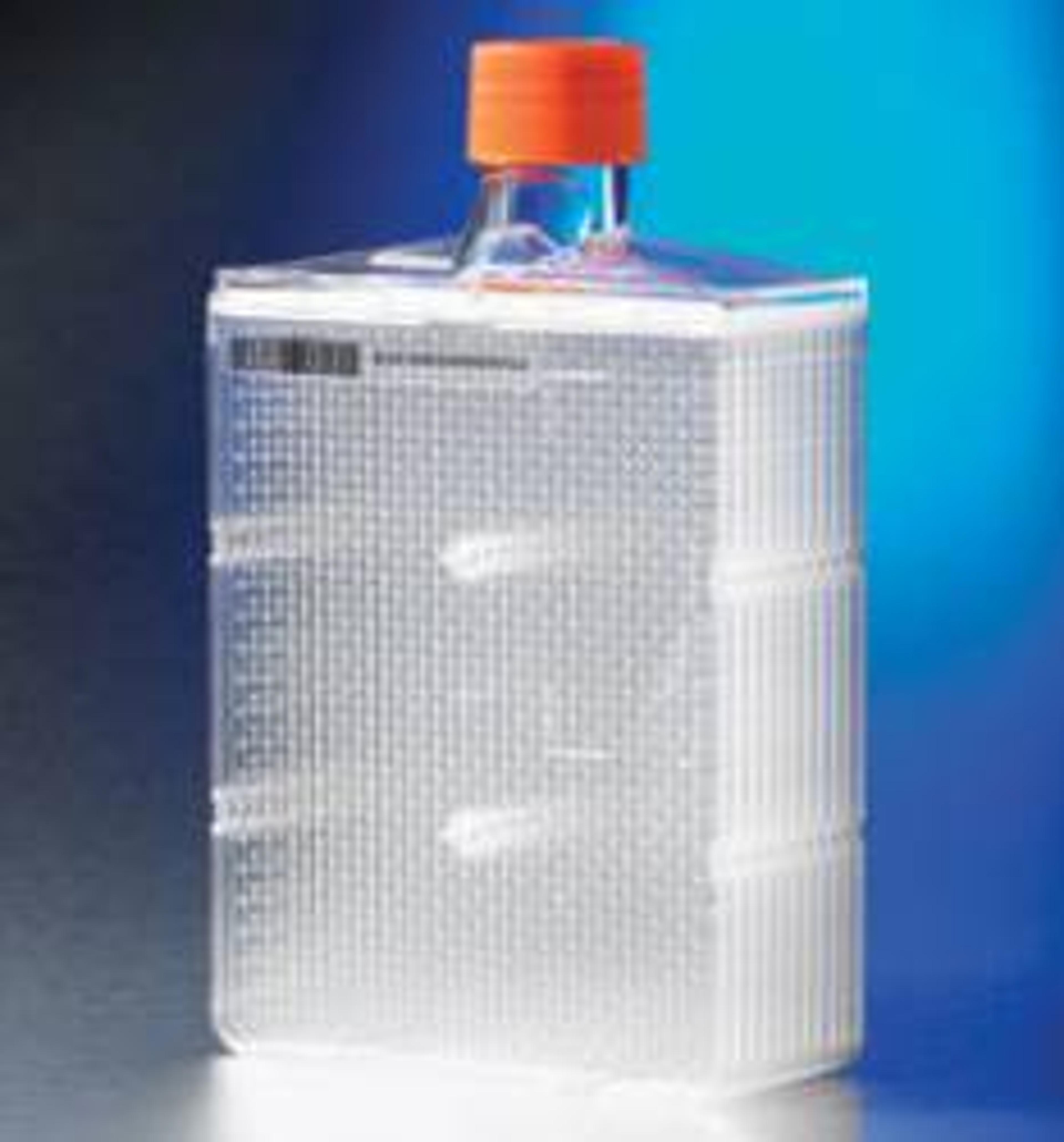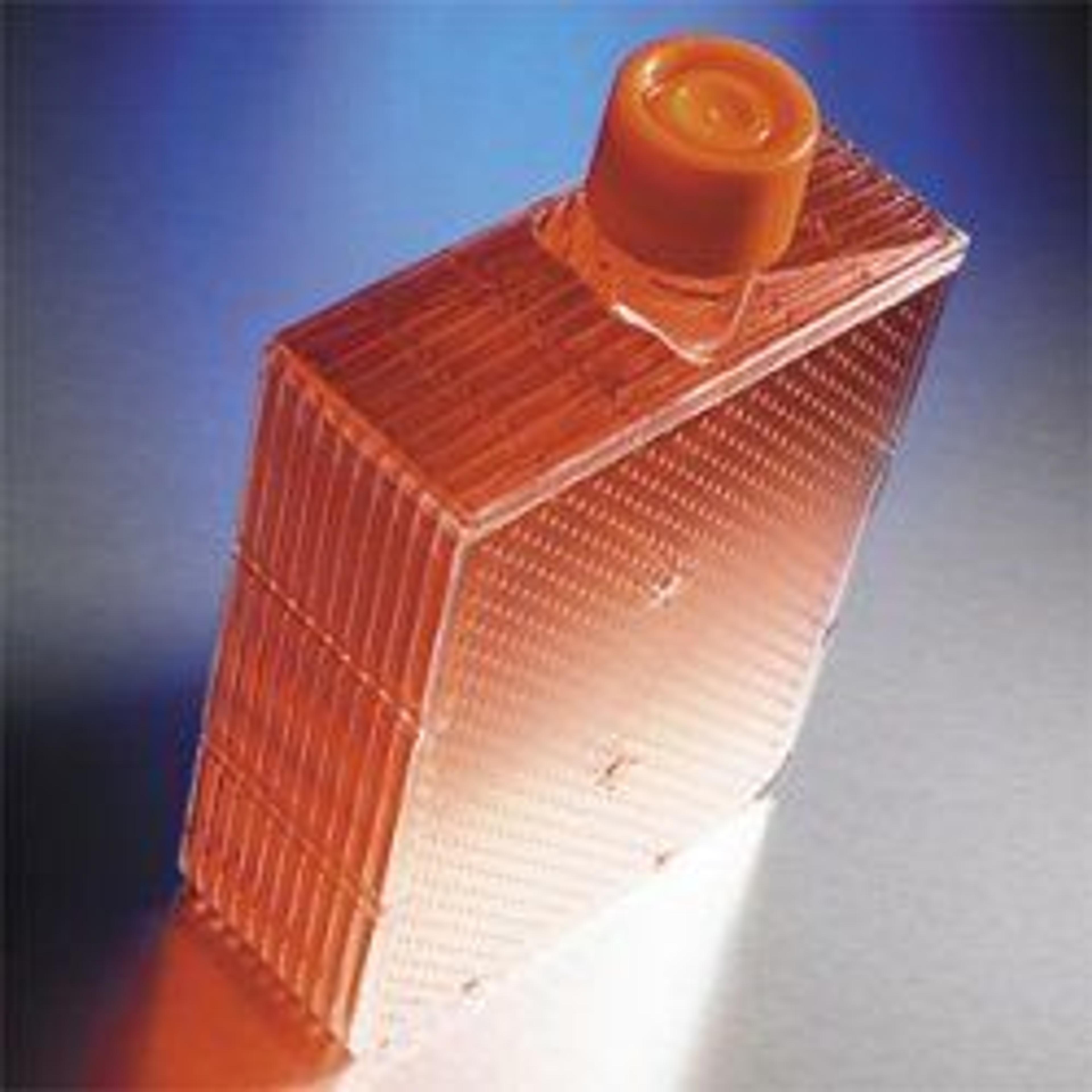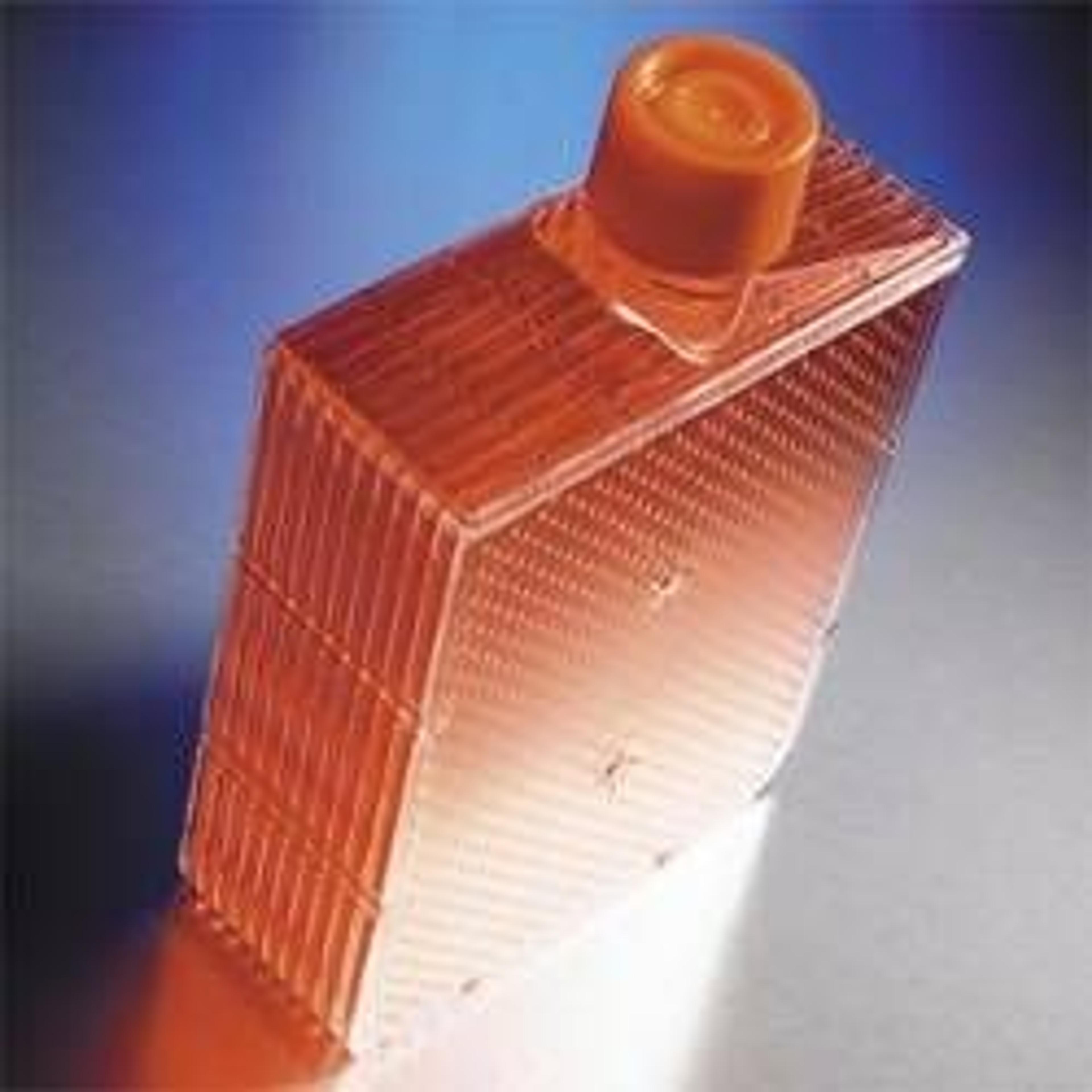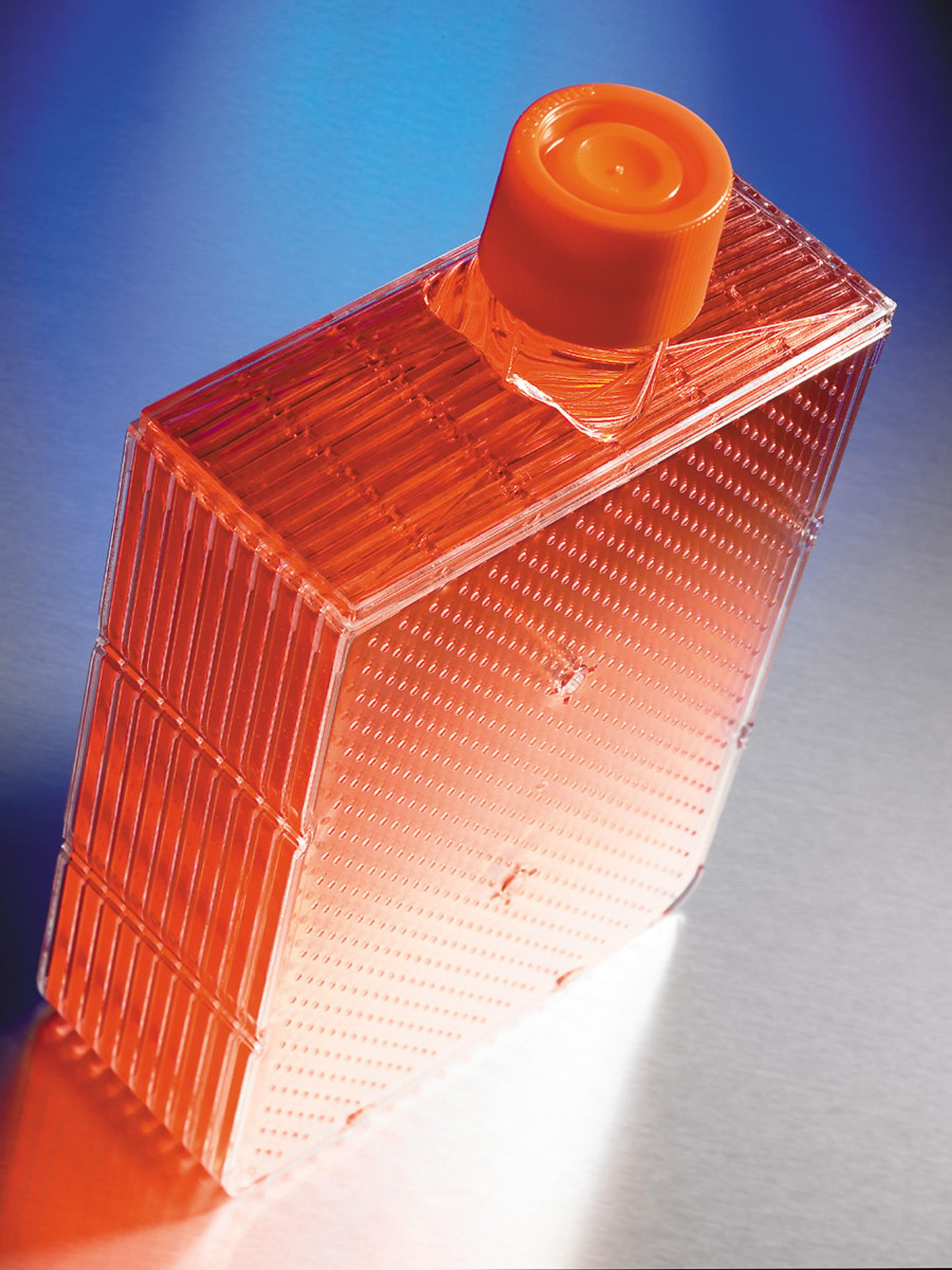Corning® CellBIND® Surface HYPERFlask® Cell Culture Vessel
The High Yield PERformance Flask (HYPERFlask) cell culture vessel has 1720 cm2 available growth area on a polystyrene gas permeable surface. Treated for optimal cell attachment and gamma sterilized. Bar coded and compatible for use on Cell Culture Automation Platforms. Solid cap with liner on a straight neck designed for filling with growth medium. Made with USP Class VI Materials – molded and assembled in a Certified Class 1…

The supplier does not provide quotations for this product through SelectScience. You can search for similar products in our Product Directory.
Highly reproducible results. But can’t be reused
fabrication of soft colloidal assemblies for anticancer drug delivery
Good quality highly reliable autoclave d plastic ware. No problem of sample sticking and being wasted. Easy to use but should not be reused.
Review Date: 30 Jun 2016 | Corning Life Sciences
Cell Culture
It is easy to use and I can culture large amounts of cells. It is expensive but the cost performance is good.
Review Date: 20 Feb 2012 | Corning Life Sciences
the cellbind plates work great in hts applications.
Review Date: 14 Dec 2010 | Corning Life Sciences
The High Yield PERformance Flask (HYPERFlask) cell culture vessel has 1720 cm2 available growth area on a polystyrene gas permeable surface. Treated for optimal cell attachment and gamma sterilized. Bar coded and compatible for use on Cell Culture Automation Platforms. Solid cap with liner on a straight neck designed for filling with growth medium.
- Made with USP Class VI Materials – molded and assembled in a Certified Class 100,000 clean room
- Sterile – gamma irradiated to sterility assurance level (SAL) 10⁻⁶
- Clean Room Packaging – each pack is double bagged.
- Innovative 10Layer Design – 10 interconnected polystyrene growth surfaces
- Optimal Growth – Corning CellBIND® Surface treated gas permeable polystyrene for superior cell attachment and growth
- Increase Cell Yield – 10-fold higher cell yield increases productivity and capacity
- Time and Space Savings – Reduce processing time and incubator storage space by handling one flask compared to 10 traditional 175 cm2 flasks

